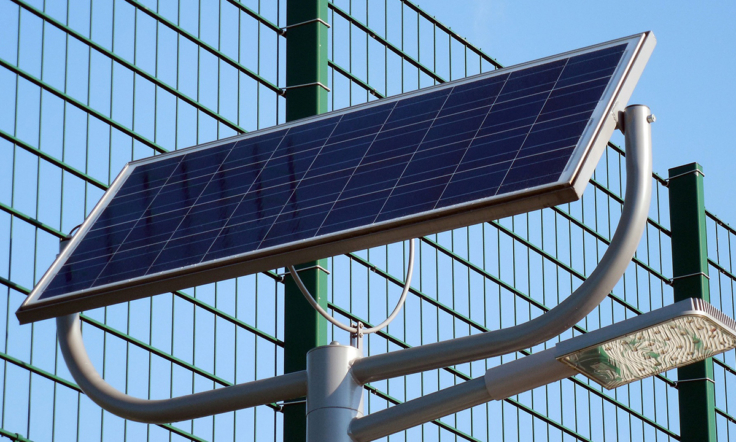
Solar charge controller is also known as solar powered regulator. It is basically a solar battery charge device connecting between solar panels and battery. It is designed to regulate the charging process to ensure that the battery is properly charged or more importantly not overcharged. DC connected solar charge controller devices are in the market for decades and used in solar energy systems that independent from almost all small scale grid.
MPPT (maximum power point tracking) allows you to extract maximum available power from solar panels anytime. In MPPT technique, regulator simulates the load that required by solar panels to obtain maximum power from cells when the batteries charging. Regulator will calculate at which point the cells will give the power and voltage and current outputs that required to obtain maximum power. After that, according to the voltage and current levels it will define the load that should be simulated from R=V/I formula. In this way, a charge controller will be obtained that can adapt itself according to the charging status of the battery.
The most effective conditions and its reasons of MPPT are as follows.
Cold Weather: Solar panels operates better in cold weathers. Because, when the panels heat is increased, the cell efficiency will decrease. When the solar panels are cold, the power level obtained is high. Current and voltage levels should be adjusted according to the charge level of battery to obtain maximum efficiency from panel. A large percentage of power will be lost without a MPPT device. In winter, the duration of sunshine exposure is short. Because of that, the duration of full charge of batteries will be long. For this reason, it is necessary to obtain maximum power from panels.
Low Battery Charging: The lower the state of charge of your battery, the more current MPPT can transfer to them. MPPT is basically a DC-DC convertor. While the power drawn from the panel is constant, the lower the voltage level, the higher the current level will be.
Long Cables: Assume that, a 12V battery is charging and the panels used are 30 meters away. As long as very thick cables are not used, voltage drop, and power loss can become important due to cable resistance. However, four pieces of 12V battery is used which are connected serially that can obtain 48V, the power loss will be less. MPPT can bring this high voltage to the level of voltage that the battery needs. In this way, much thinner cables can be used in system installations fed by high voltage panel groups.





